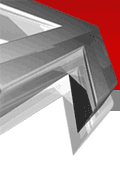

WEB DESIGN STUDIO

 |
 |
|
| Home | About Us | Services | Technology | Portfolio | Career | Login | Sitemap | Contact Us | ||
WEB DESIGN STUDIO |
 |
|
|
| All Rights Reserved. © 2004 Dimension India Networks (P) Ltd. |
Home l Disclaimer l Contact Us |